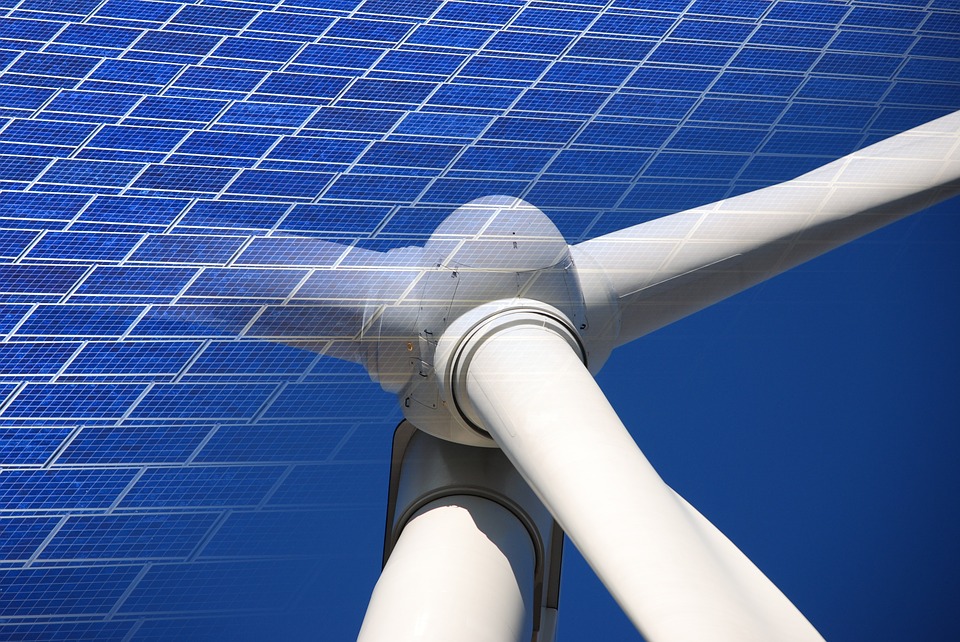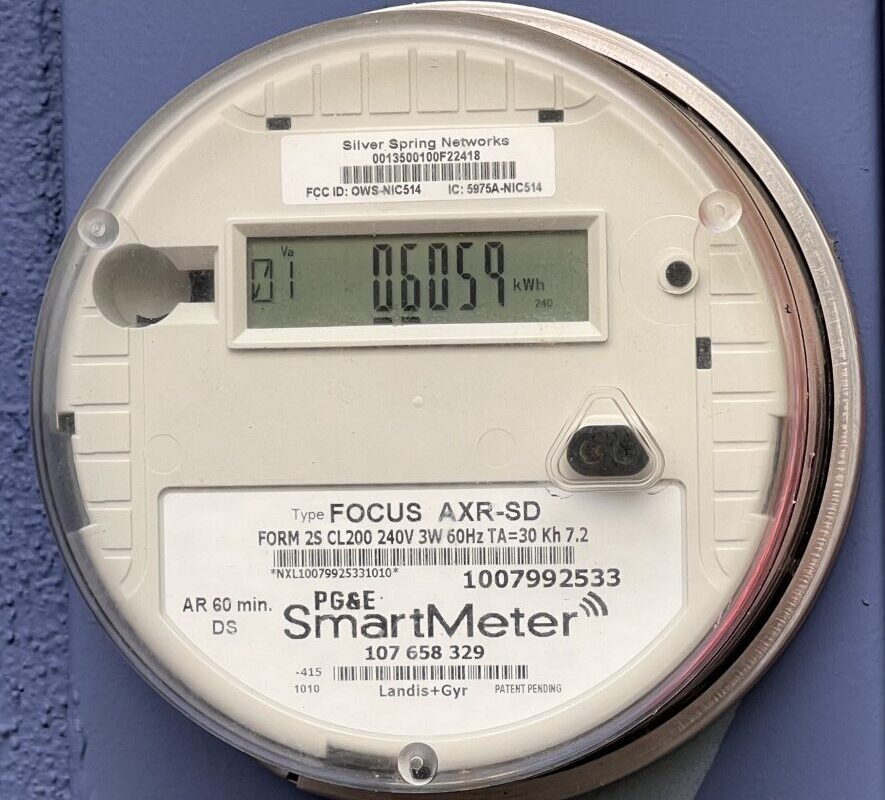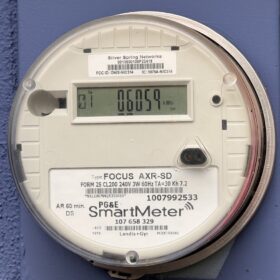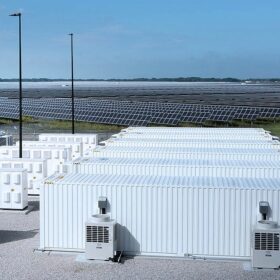GridLab and Telos Energy have found that across most of the continental U.S. and parts of Canada, in a region known as the Eastern Interconnection, the one sub-region with the greatest near-term risks to reliable electricity supply could meet an industry reliability standard by connecting a fraction of the clean energy projects waiting in its interconnection queue.
That sub-region, a part of the nation’s largest grid operator PJM known as PJM-South, could reduce reliability risks to the industry standard of one day in ten years by “using less than one-third of its interconnection queue, while meeting the forecasted data center demand, allowing for announced retirements, and without requiring new natural gas capacity,” says a GridLab and Telos report.
“This underscores the value of accelerating the development and interconnection of clean energy resources already in the queue,” the report says.
The report is titled “Analysis of resource adequacy across the Eastern Interconnection: An open-source case study using GridPath.”
With PJM-South having the highest reliability risk in the Eastern Interconnection through 2028, a sensitivity analysis on the sub-region explored targeted strategies for mitigating reliability risk. The goal was to “right-size” mitigation measures based on actual resource shortage durations and magnitudes, “rather than relying solely on static reserve margin targets.”
The study also found that PJM-South could nearly meet the industry reliability standard through enhanced regional transfer, by increasing its total simultaneous import limit from about 9 GW to 13 GW, “still below the combined non-coincident capacity of neighboring interfaces.”
Policy approaches
Policy efforts that focus on prolonging the operation of aging resources through reliability-must-run or out-of-market contracts “may be less efficient” than accelerating clean energy interconnection and enhancing regional transfer capabilities, the report says.
The U.S. Department of Energy reached a different conclusion in its “Resource adequacy report,” which concluded that “allowing 104 GW of firm generation to retire by 2030—without timely replacement—could lead to significant outages.” The department expects its report will inform joint planning processes with industry stakeholders, and said it will regularly update the report’s methodology with industry input.
Open-source analysis
For its part, the GridLab/Telos Energy team said its study “underscores the value of conducting resource adequacy analysis at a wide area scale across multiple system operators and utilities, using a common set of assumptions and methodology.”
The team said its assessment provides a replicable framework and a foundation for continued analysis, noting that the toolset developed through its study is available for further use.
Among seven suggested modeling enhancements, the report said that to better assess winter reliability risk, future assessments should incorporate the risk of thermal unit outages driven by cold weather and fuel supply disruptions.
The Energy Systems Integration Group (ESIG) hosted a webinar describing the study and has posted a webinar recording. While ESIG did not participate in the study, the study was conducted using concepts and best practices developed by ESIG.
This content is protected by copyright and may not be reused. If you want to cooperate with us and would like to reuse some of our content, please contact: editors@pv-magazine.com.








By submitting this form you agree to pv magazine using your data for the purposes of publishing your comment.
Your personal data will only be disclosed or otherwise transmitted to third parties for the purposes of spam filtering or if this is necessary for technical maintenance of the website. Any other transfer to third parties will not take place unless this is justified on the basis of applicable data protection regulations or if pv magazine is legally obliged to do so.
You may revoke this consent at any time with effect for the future, in which case your personal data will be deleted immediately. Otherwise, your data will be deleted if pv magazine has processed your request or the purpose of data storage is fulfilled.
Further information on data privacy can be found in our Data Protection Policy.